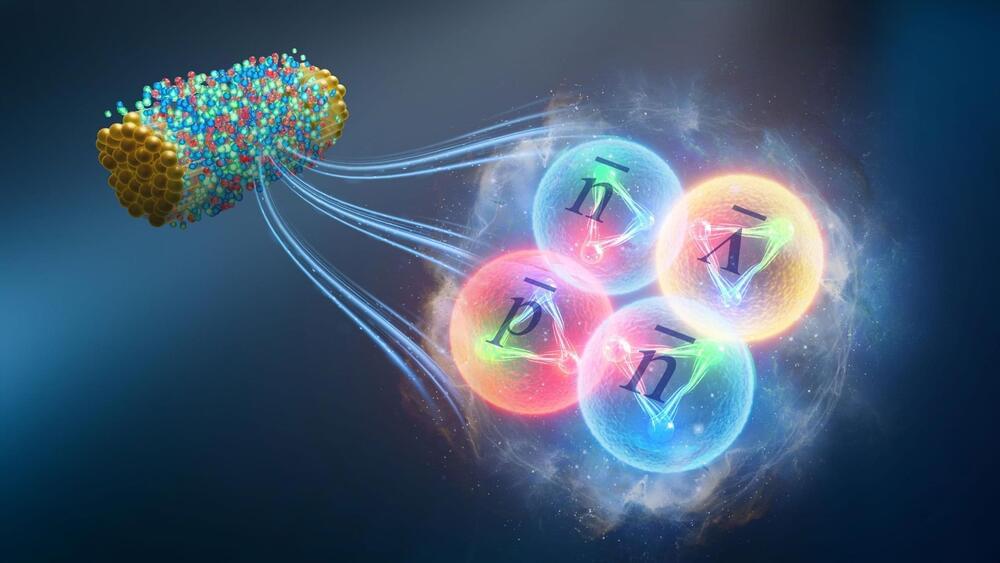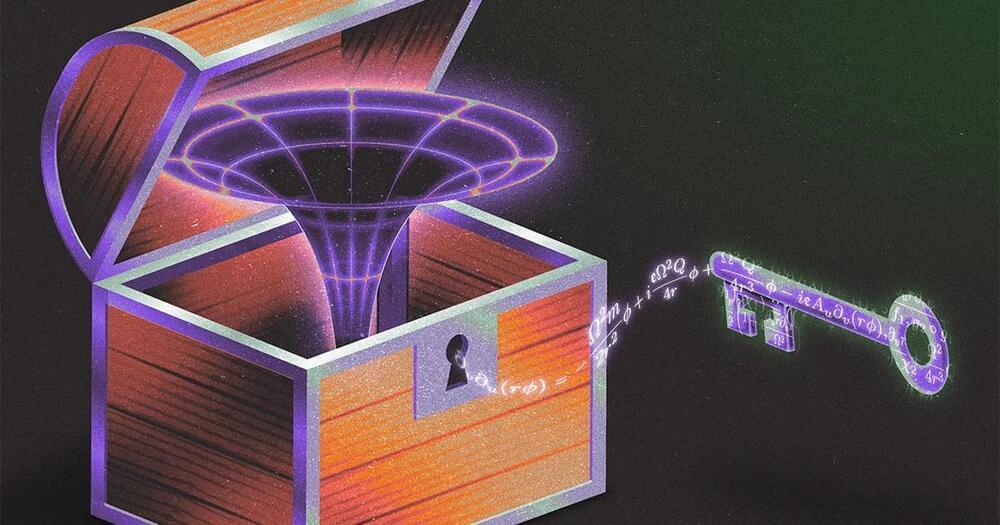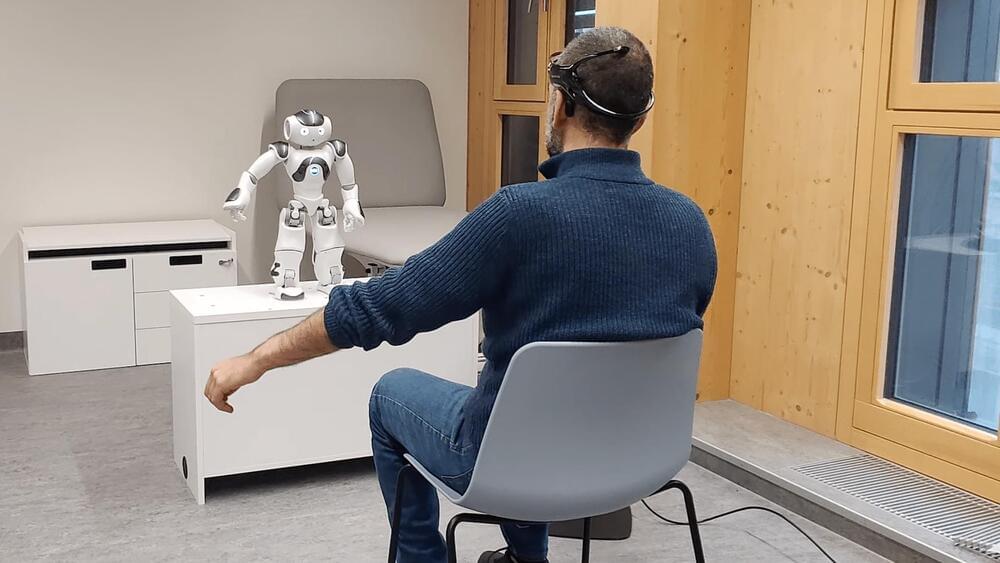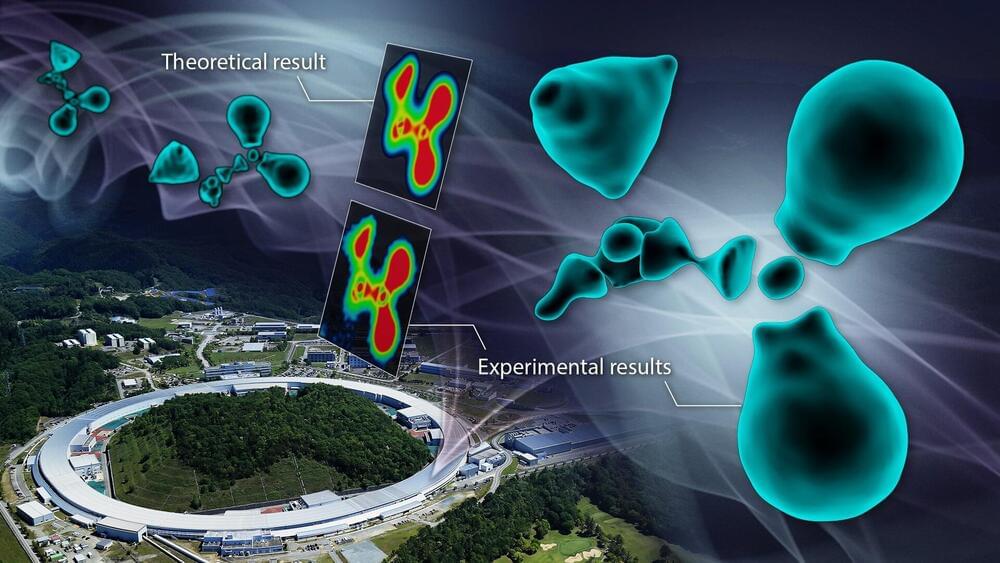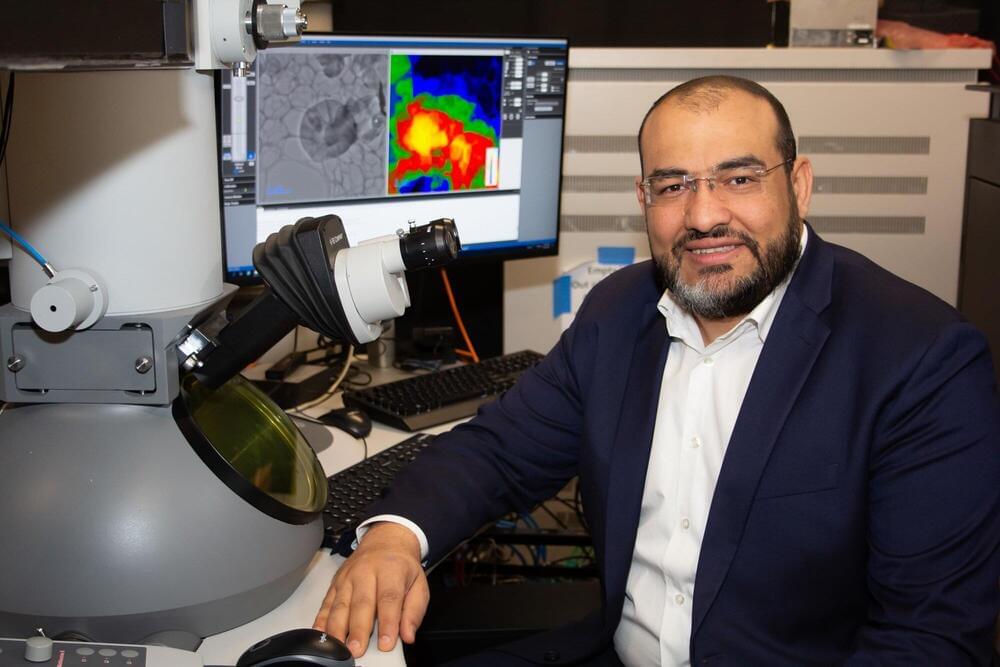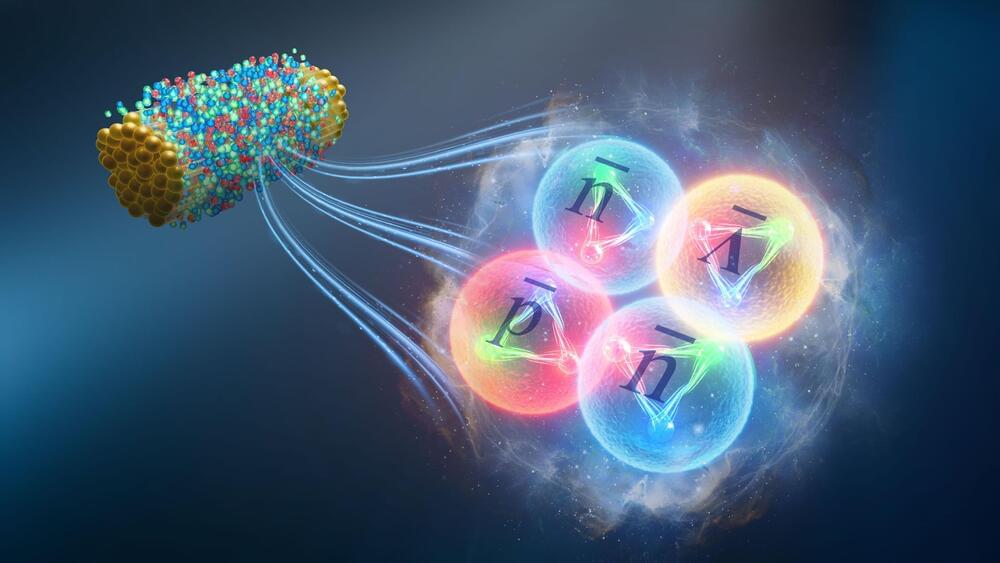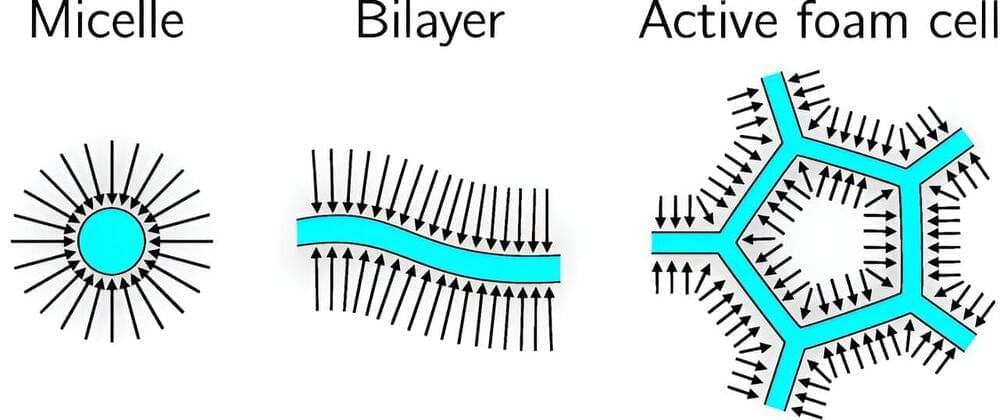Aug 21, 2024
Defying Temperature Limits: Devil’s Staircase Phenomenon Yields Unexpected Hall Effect Breakthrough
Posted by Saúl Morales Rodriguéz in categories: innovation, materials
Researchers discovered a significant anomalous Hall effect in the magnetic material SrCo6O11 at temperatures above its magnetic transition, where it exhibits a phenomenon known as the “Spin-Fluctuating Devil’s Staircase.” This observation could revolutionize the design of materials for magneto-thermoelectric conversion, impacting the development of new thermoelectric materials.
Here’s a bit of background: When an electric current flows through a metal sample in a magnetic field, it experiences the Lorentz force. This force generates a voltage perpendicular to the magnetic field and current—a phenomenon referred to as the Hall effect.
In magnetic metals, a similar phenomenon—known as the anomalous Hall effect—may occur independently of an external magnetic field, particularly in ferromagnetic materials wherein electron spins are aligned. Generally, this alignment—and thus the anomalous Hall effect—only manifests below a certain temperature, known as the magnetic transition temperature.

